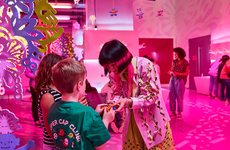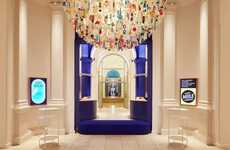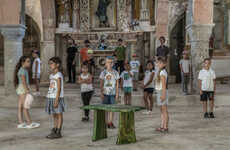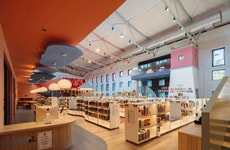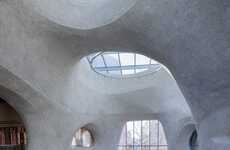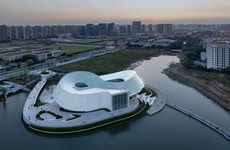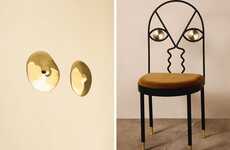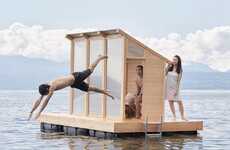
The Reimagined Kids Museum of Glass 2.0 Encourages Independent Learning
Francesca Mercurio — August 13, 2021 — Art & Design
References: coordination.asia & designboom
The newly revealed Kids Museum of Glass 2.0 is an explorative and exciting space that encourages independent learning. Architecture firm Coordination Asia has transformed this Shanghai museum into a bright, light, and inviting space.
The museum encourages independent learning through a series of scavenger hunt-based exhibits. Coordination Asia incorporated numerous hands-on installations that invite the children to actively learn about glass as a material. The space is completed with multimedia and digital technologies to further engage the young museumgoers. The architects explained that the challenging part about this museum was balancing what a young person desires with what their parents want - and finding a middle ground was paramount.
The materials for the space were thoughtfully chosen according to young children's behaviors - for example; tempered glass was used to provide a durable surface.
Image Credit: Coordination Asia, designboom, coordination.asia
The museum encourages independent learning through a series of scavenger hunt-based exhibits. Coordination Asia incorporated numerous hands-on installations that invite the children to actively learn about glass as a material. The space is completed with multimedia and digital technologies to further engage the young museumgoers. The architects explained that the challenging part about this museum was balancing what a young person desires with what their parents want - and finding a middle ground was paramount.
The materials for the space were thoughtfully chosen according to young children's behaviors - for example; tempered glass was used to provide a durable surface.
Image Credit: Coordination Asia, designboom, coordination.asia
Trend Themes
1. Interactive Exhibits - There is an opportunity for museums and other educational spaces to incorporate interactive exhibits that encourage independent learning and hands-on exploration.
2. Multimedia Integration - There is an opportunity for museums and other educational spaces to enhance the learning experience through the integration of multimedia and digital technologies.
3. Tailored Learning Activities - There is an opportunity for museums and educational spaces to create tailored learning activities that cater to both children's desires and their parents' expectations.
Industry Implications
1. Museum Industry - The museum industry can benefit from creating more educational spaces that offer hands-on activities and interactive exhibits, particularly aimed at younger audiences.
2. Education Industry - The education industry can explore partnerships with museums to create unique learning experiences that complement traditional classroom learning and promote independent learning.
3. Architecture Industry - The architecture industry can help create innovative and inviting spaces that cater to both the needs of children and their parents, incorporating durable materials and tailored learning activities into their designs.
1.7
Score
Popularity
Activity
Freshness

